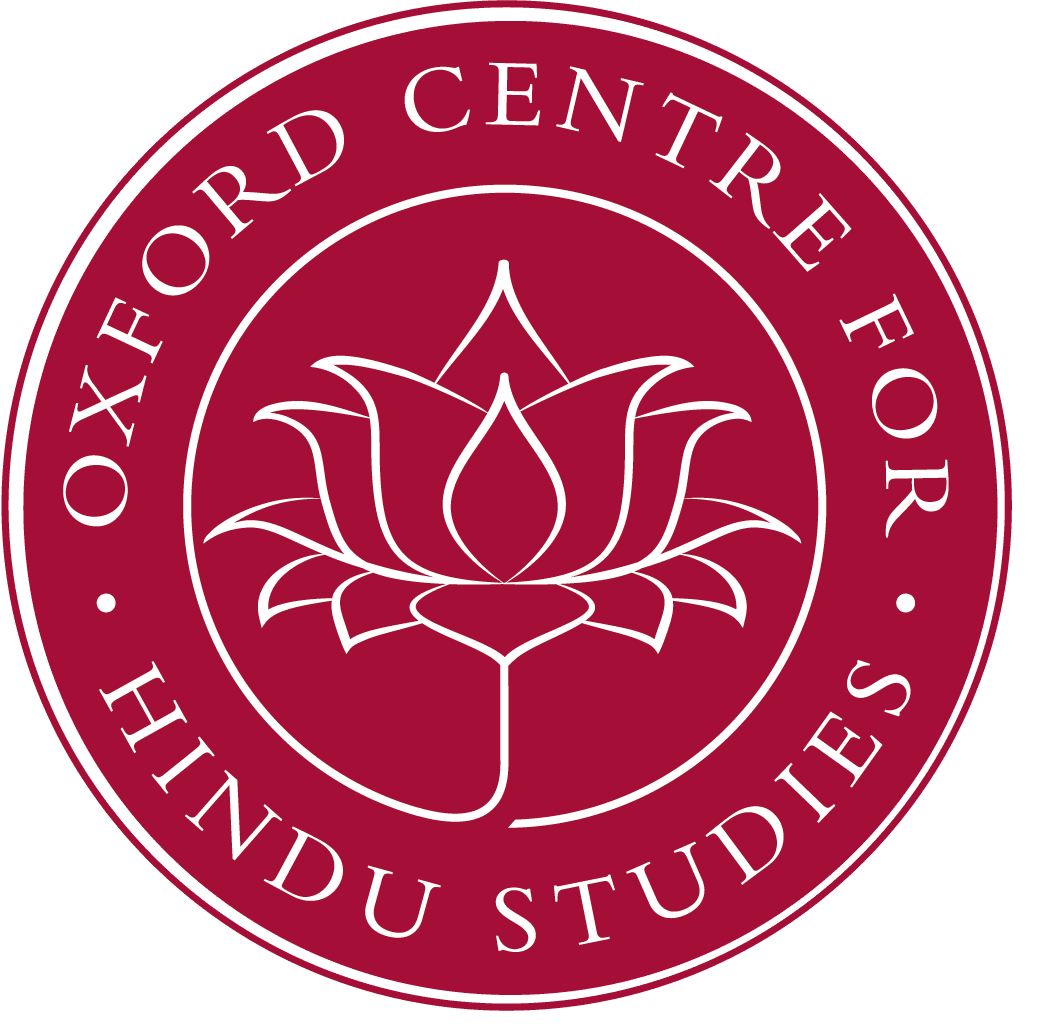The Bhāgavata Purāṇa is undoubtedly the most popular and most sophisticated of the Purāṇas. Written in ornate prose and verse, and infusing Purāṇic narratives with Vedic, Vedānta, and Pāñcarātra thought, this monumental text influenced artists, architects, poets, and theologians for centuries.
The Veda-stuti (‘The Vedas’ prayers of praise’) is one of the Bhāgavata’s most significant theological passages, which offers an easy introduction to the Bhāgavata’s nondual theism and its Vedānta. In this reading class, we will read these verses with the commentary of Śrīdhara Svāmī (thirteenth century), the most celebrated commentator on the text and an important Advaitin Vaiṣṇava author who profoundly influenced the development of Hindu thought in pre-modern South Asia.
This reading class aims to introduce students with an intermediate knowledge of Sanskrit to the poetry of the Bhāgavata Purāṇa, the method and reasoning of Sanskrit commentaries, as well as the intersections of Advaita and Vaiṣṇava Vedānta.
